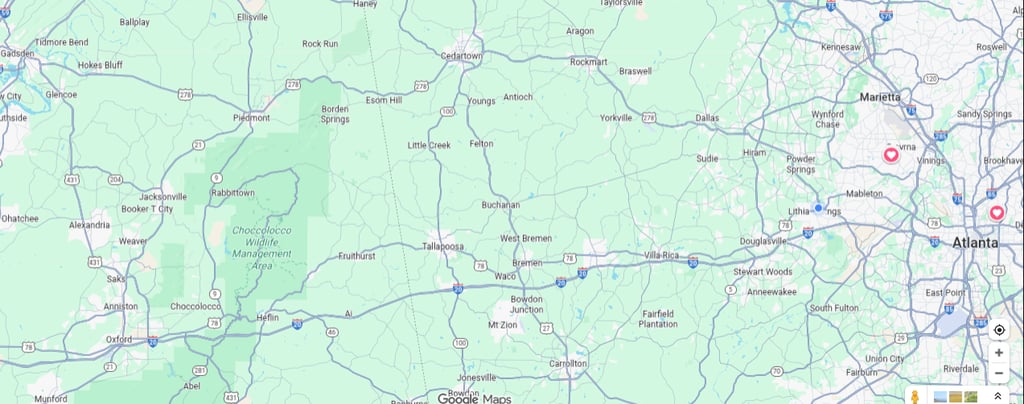Rain Gardens
What is a Rain Garden?
A Rain Garden, also known as a "bioretention basin," is a landscaped depression designed to capture, treat, and recharge stormwater into the ground. Combining both ecological functionality and aesthetic appeal, these gardens are typically planted with native and ornamental species that thrive in wet conditions.
While some people differentiate between "rain gardens" and "bioretention basins," with the latter often incorporating engineered overflow systems like weirs or drainpipes, this page uses the terms interchangeably. Both concepts serve the dual purpose of managing stormwater and enhancing the landscape.
Rain gardens are a highly effective solution for managing stormwater runoff from smaller properties with impervious surfaces. As a form of Low Impact Development (LID), they are primarily designed to facilitate stormwater infiltration, with water quality enhancement serving as an additional benefit.
Bioretention basins perform optimally when situated to capture runoff directly from impervious surfaces, such as at the base of rooftop gutters or within landscape islands. Due to their relatively high treatment area-to-drainage area ratio (approximately 10%), rain gardens are best suited for managing runoff from areas of 5 acres or less.




